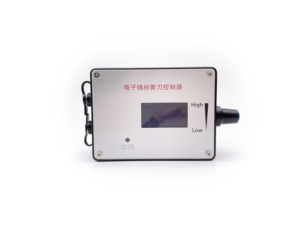Understanding DC Motor Reverse: An Introduction
DC Motor Reverse systems are integral components in various applications, allowing for bidirectional operation of DC motors, a common requirement in automated systems. This functionality enables motors to change their direction of rotation, making them suitable for a range of tasks from robotics to industrial machinery. With the ability to control the speed and direction, these systems enhance efficiency and versatility in mechanical operations.
Types of DC Motor Reverse Mechanisms
When it comes to DC Motor Reverse systems, there are several types, each designed for specific applications. Understanding these variations can assist businesses in selecting the right solution for their needs:
- H-Bridge Controllers: These are widely used for controlling the direction of DC motors by allowing current to flow in both directions. They offer high efficiency and are common in robotics.
- Relay-Based Controllers: This type uses electromechanical relays to reverse the motor direction. While simple, they can be less precise than electronic options.
- PWM Controllers: Pulse Width Modulation (PWM) controllers regulate the motor's speed while allowing for reverse operation. They are highly efficient and suited for applications requiring precise speed control.
- Integrated Circuits (ICs): These compact solutions combine multiple functions in a single package, offering robust control options for smaller applications.
Applications of DC Motor Reverse
The utility of DC Motor Reverse extends across various industries, catering to a multitude of applications:
- Robotics: In robotic systems, the ability to reverse direction is crucial for navigation, allowing robots to maneuver effectively through their environments.
- Electric Vehicles: DC motors are employed in electric vehicles for propulsion and regenerative braking, requiring the ability to reverse seamlessly for optimal performance.
- Conveyor Systems: In production lines, reverse functionality helps with material handling, allowing items to be easily moved back if necessary.
- Home Appliances: Many home appliances, like washing machines and vacuum cleaners, utilize DC motors with reverse capabilities to enhance their operational performance.
Advantages of Using DC Motor Reverse Technology
Integrating reverse capabilities into DC motors introduces numerous benefits, making them a preferred choice in various applications:
- Increased Flexibility: The ability to reverse direction opens up a range of operational options, allowing for more complex movements in automated systems.
- Enhanced Control: DC motors with reverse functionality offer precise control over speed and direction, making them ideal for applications requiring accuracy.
- Improved Efficiency: By facilitating quick direction changes, these systems can reduce downtime and improve overall productivity.
- Cost-Effectiveness: Many types of DC Motor Reverse mechanisms are affordable and require less maintenance than other motor types, providing a great return on investment for businesses.



























































































































































































